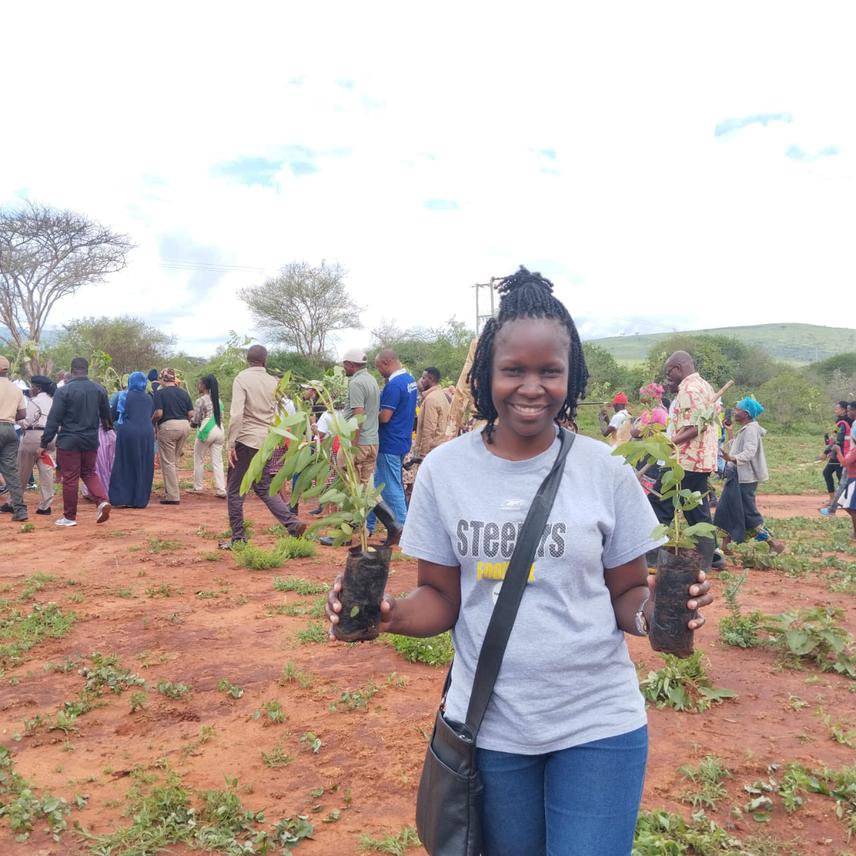Mercy Ndalila
Other projects
10 Nov 2021
Aspects of Fire Regimes in a Major Kenyan Ecosystem in the Face of Increased Global Vulnerability to Wildfires
The inappropriate extraction of forest resources by the rural population has been a major trigger for frequent fire outbreaks in Kenya (Nyongesa and Vacik, 2018). Consequently, wildfires are increasingly becoming a serious ecosystem threat due to their threat-multiplier effect on species, habitats and ecosystem processes. This may limit the ability of ecosystems to rebound, thus affecting biodiversity and the supply of goods and services. Indeed, many restoration programs have been conducted in response to increased ecosystem degradation from natural disturbances and human activities (van Leeuwen et al., 2010). However, knowledge on restoration of landscapes damaged by wildfires in Kenya (and by extension Mt Kenya) is limited, while fire management has not kept pace with increased wildfire risk. These factors limit the adoption of effective management strategies that mitigate against fire effects. There is therefore a need to restore fire-degraded ecosystems in order to maintain healthy ecosystems. Since the surrounding communities are typically the main cause of wildfire ignitions, then solutions to the frequent fire problem should certainly involve them. For instance, forest-adjacent community members can be part of reforestation and fire management. This knowledge is important for the community to build resilience to wildfires and other impacts of climate change.

This project aims to restore the Ragati section of Mt Kenya Forest that was affected by the October 2022 wildfire, and to empower the community in forest restoration and fire management. We will specifically (1) map and identify priority fire-degraded sites for restoration; (2) mobilise local community to restore the degraded areas through community representatives; (3) and revegetate the site with the most appropriate tree species for the landscape. We will also (4) build the capacity of the local community groups in firefighting and fire management; and (5) monitor seedling survival in the reforested areas.
The ultimate outcome is fire-affected landscapes in Mt Kenya are restored to their natural range of variability in terms of forest structure, tree density and species composition. Specific outputs/outcomes include:
(1) Over three hectares of fire-degraded landscapes reforested with indigenous trees.
(2) Improved capacity of 20 locals in firefighting and fire management.
(3) Reduction in the incidences of fire and the area affected by wildfires.
(4) Wildfire risk to the local community and environment is reduced.
(5) Enhanced working relationships among community members, and with forest managers.
(6) Increase in biodiversity and in the supply of ecosystem goods and services in the longer term.